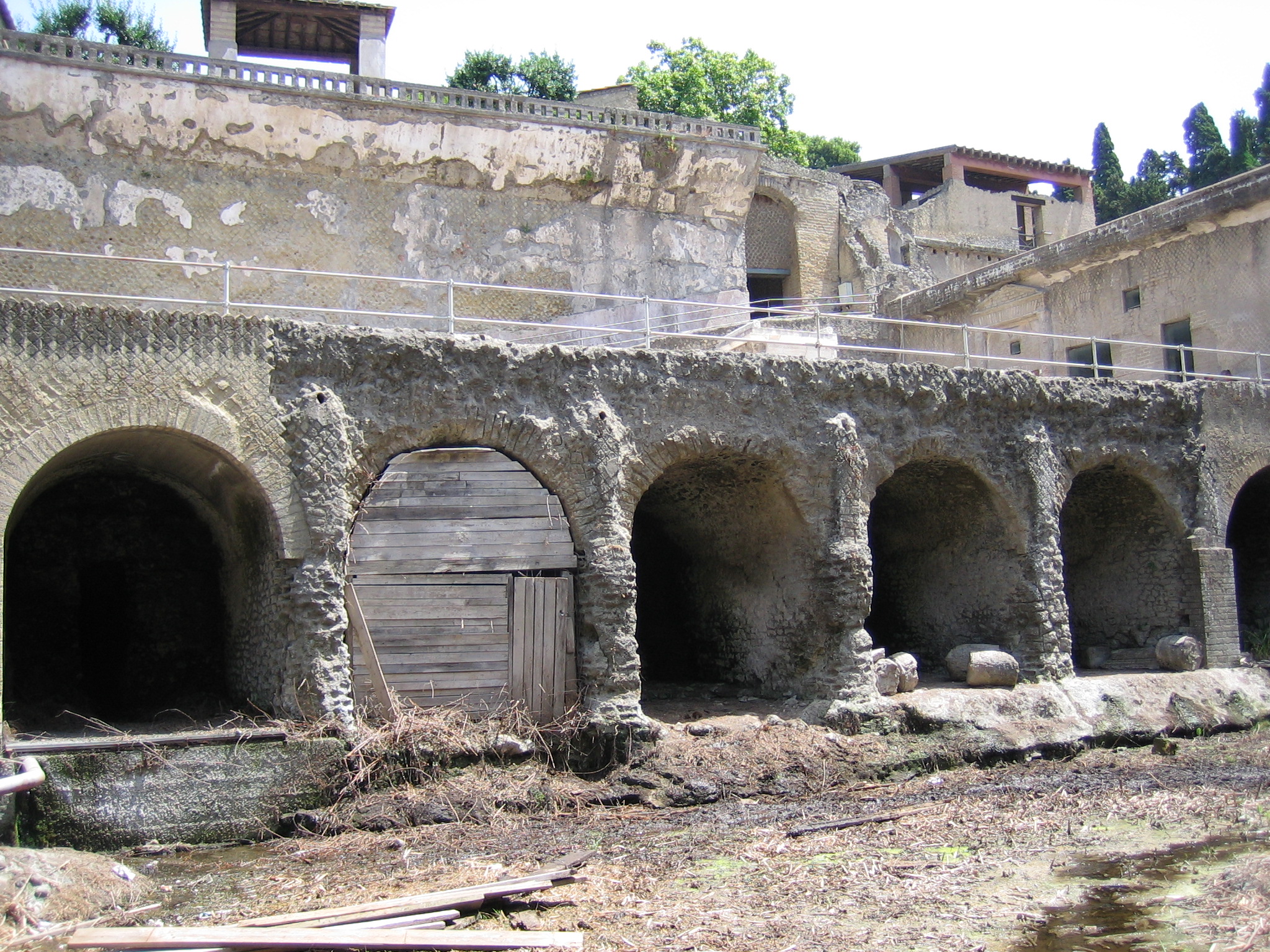The Krakatoa volcano in the Sunda Strait of Indonesia began erupting in 1883. A German ship, the Elizabeth, was sailing past the island and reported seeing a column of smoke and ash rising some seven miles into the sky above the mountain.
The activity continued for the next few months; locals held festivals to celebrate the volcano's rumbling and spewing and occasional fiery bursts. But on August 26, a series of explosions blew the mountain—and the island—apart. Sea water had gotten into the magma chamber, and when it came into contact with the molten lava, it was like cold water hitting a red-hot skillet. The resulting explosion was heard in Sri Lanka, 4,500 miles away; the tsunami it caused rose to 130 feet and killed over 36,000 people. The massive explosion is considered one of the loudest sounds ever recorded on Earth. It was also heard as far as Australia and the island of Rodrigues near Africa. This sound level and reach are almost unprecedented.
The eruption obliterated over two-thirds of the island of Krakatoa and tsunamis devastated coastal towns in Java and Sumatra and some estimates go even higher than 36,000.
The eruption of Krakatoa remains one of the most well-documented volcanic events and serves as a powerful example of how volcanic activity can have far-reaching and long-lasting effects on the world.
The eruption released an enormous amount of volcanic ash and sulfur dioxide into the atmosphere, which spread worldwide. The particles blocked sunlight, causing a global drop in temperatures of about 1.2°C (2.2°F) over the following year. This cooling effect disrupted weather patterns for several years, leading to cooler summers and vivid red sunsets worldwide.
The volcanic ash in the upper atmosphere created striking visual phenomena. People around the world reported vivid red and orange sunsets, and a blue tint was observed in the moon. These changes in sky colors were so widespread and dramatic that they were depicted in paintings of the era, including Edvard Munch’s The Scream, which may have been inspired by the unusual red skies.
Krakatoa’s eruption provided a major case study for scientists to understand volcanic eruptions and their atmospheric effects. It led to advancements in studying tsunamis, volcanic ash dispersion, and atmospheric sciences, influencing fields as diverse as meteorology and climate science.
Krakatoa spawned a volcanic offspring before it blew up. Anak Krakatau, "child of Krakatoa," began to rise out of the sea in 1927. Today, it's about half the size of the original volcano, but it's growing every day. It's been spewing smoke, lava, and molten ash for the last several years.It is an active volcano that continues to erupt periodically.Due to its location within the Pacific "Ring of Fire"—a tectonically active area with frequent seismic and volcanic activity—Anak Krakatau is likely to continue erupting in the future.
In December 2018, a major eruption partially collapsed Anak Krakatau’s cone, triggering a deadly tsunami in the Sunda Strait. This event caused significant damage and loss of life on the coasts of Java and Sumatra. Anak Krakatau is constantly building itself up with each eruption. This continual growth makes it unstable and prone to landslides or partial collapses, which can cause tsunamis like in 2018. As it grows, it will remain geologically active and vulnerable to explosive eruptions.

